Theoretical Modeling and Inverse Analysis of Thermal Conductivity of Skeletons in SiO2 Nano-Insulation Materials
Abstract
1. Introduction
2. Theoretical Simulation of Thermal Conductivity of Nanometer-Sized Skeletons in Nano-Insulation Materials
2.1. Computational Models
2.2. Phonon Mean Free Path
2.3. Simulation of Thermal Conductivity of SiO2 Nanometer-Sized Skeletons
3. Identification of Thermal Conductivity of Skeletons in Nano-Insulation Materials
3.1. Nanometer-Sized Skeleton and Gas Conduction Model
3.2. Identification Method for Thermal Conductivity of Nano-Skeletons in Aerogels
3.3. Identification of Thermal Conductivity of Nanometer-Sized Solid Skeletons
3.4. Identification of Thermal Conductivity of Nanometer-Sized Solid Skeletons and Specific Area
4. Comparison of Identified Thermal Conductivity of Skeletons in Nano-Insulation Materials with Theoretical Results
5. Conclusions
Author Contributions
Funding
Conflicts of Interest
Nomenclature
| I | phonon radiation intensity, W/(m2 sr) |
| v | velocity of sound, m/s |
| Λ | phonon MFP, nm |
| TH, TL | boundary temperature, K |
| q | heat flux density, W/m2 |
| λp, λs | thermal conductivity of primary and secondary particles, W/(m K) |
| Kn | Knudson number |
| dρ | diameter of nanometer-sized spheres, m |
| D | mean diameter of pores in aerogels, m |
| λc | effective thermal conductivity for nanometer-sized coupled conduction, W/(m K) |
| λg | thermal conductivity of gas in pores, W/(m K) |
| Π | porosity |
| S | specific area, m2/kg |
| B1, B2 | parameters defined in Equations (7) and (8) |
| ρ | density of nano-insulation material, kg/m3 |
| ka,R | spectrum averaged absorption coefficient, 1/m |
| kaλ | spectral absorption of nano-insulation material, 1/m |
| Ebλ | spectral emission power of black body, W/(m2 μm) |
| Eb | emission power of black body, W/m2 |
| λ | Wavelength, μm |
| λr | radiative equivalent conductivity, W/(m K) |
| T | absolute temperature, K |
| λeq | equivalent thermal conductivity of nano-insulation material, W/(m K) |
| m | number of particles in swarm |
| Xi | position vector of a particle labeled i in a swarm |
| Vi | velocity vector of a particle labeled i particle in a swarm |
| Pbest | individual optimal adaptability |
| Gbest | global optimum position among all particles |
| Vij | jth component of velocity vector of a particle labeled i in a swarm, (i = 1,…,m) |
| Xij | jth component of position vector of a particle labeled i in a swarm, (i = 1,…,m) |
| C1, C2 | learning factors |
| w | inertial weight |
| t | number of iteration |
References
- Maleki, H.; Luisa, D. Synthesis of lightweight polymer-reinforced silica aerogels with improved mechanical and thermal insulation properties for space applications. Microporous Mesoporous Mater. 2014, 197, 116–129. [Google Scholar] [CrossRef]
- Li, C.H.; Jiang, S.C.; Yao, Z.P. Research on heat transfer characteristics of nano-porous silica aerogel material and its application on mars surface mission. Adv. Mater. Res. 2014, 924, 329–335. [Google Scholar] [CrossRef]
- Jelle, B.P.; Gustavsen, A.; Baetens, R. The high performance thermal building insulation materials and solutions of tomorrow. In Proceedings of the 11th International Conference on Thermal Performance of the Exterior Envelopes of Whole Buildings, Clearwater Beach, FL, USA, 5–9 December 2010. [Google Scholar] [CrossRef]
- Zeng, S.Q.; Hunt, A.; Greif, R. Transport properties of gas in silica aerogel. J. Non-Cryst. Solids 1995, 186, 264–266. [Google Scholar] [CrossRef]
- Zeng, S.Q.; Hunt, A.; Greif, R. Mean free path and apparent thermal conductivity of a gas in a porous medium. ASME J. Heat Trans. 1995, 117, 758–761. [Google Scholar] [CrossRef]
- Zeng, S.Q.; Hunt, A.; Greif, R. Geometric structure and thermal conductivity of porous medium silica aerogel. ASME J. Heat Trans. 1995, 117, 1055–1058. [Google Scholar] [CrossRef]
- Xie, T.; He, Y.L.; Wu, M. Study on theoretical model for the effective thermal conductivity of silica aerogel composite insulating materials. J. Eng. Thermophys. 2014, 35, 299–304. [Google Scholar]
- Han, Y.F.; Xia, X.L.; Liu, H.D. Characteristic of heat conduction in nano-insulation material. J. Funct. Mater. 2014, 45, 03017–03019. [Google Scholar] [CrossRef]
- Li, D.H.; Sun, F.X.; Xia, X.L. Numerical simulation on size effect of thermal conductivity of 2D SiO2 nanowire. J. Funct. Mater. 2012, 43, 2283–2285. [Google Scholar] [CrossRef]
- Han, Y.F.; Xia, X.L.; Dai, G.L. Phonon transport simulation in SiO2 nano material by Lattice Boltzmann method. J. Eng. Thermophys. 2011, 32, 1571–1574. [Google Scholar]
- Roberts, N.A.; Walker, D.G.; Li, D.Y. Molecular dynamics simulation of thermal conductivity of nanocrystalline composite films. Int. J. Heat Mass Trans. 2009, 52, 2002–2008. [Google Scholar] [CrossRef]
- Smith, B.R.; Amon, C.H. Effect of Sub-Continuum Energy Transport on Effective Thermal Conductivity in Nanoporous Silica (Aerogel). In Proceedings of the ASME 2003 International Mechanical Engineering Congress and Exposition, Washington, DC, USA, 15–21 November 2003; pp. 311–319. [Google Scholar]
- Wang, J.; Shen, J.; Zhou, B. Cluster structure of silica aerogel investigated by laser ablation. Nanostruct. Mater. 1998, 10, 909–916. [Google Scholar] [CrossRef]
- Majumdar, A. Microscale heat conduction in dielectric thin films. J. Heat Trans. 1993, 15, 7–16. [Google Scholar] [CrossRef]
- Swartz, E.T.; Pohl, R.O. Thermal boundary resistance. Rev. Mod. Phys. 1989, 61, 605–668. [Google Scholar] [CrossRef]
- Escobar, R.A.; Amon, C.H. Thin film phonon heat conduction by the dispersion lattice Boltzmann method. J. Heat Trans. 2008, 130, 092402. [Google Scholar] [CrossRef]
- Goodson, K.E.; Flik, M.I.; Su, L.T. Prediction and measurement of the thermal conductivity of amorphous dielectric layers. J. Heat Trans. 1994, 116, 317–326. [Google Scholar] [CrossRef]
- Zeng, T.F.; Liu, W. Phonon heat conduction in micro-and nano-core-shell structures with cylindrical and spherical geometries. J. Appl. Phys. 2003, 93, 4163–4168. [Google Scholar] [CrossRef]
- Einarsrud, M.A.; Kirkedelen, M.B.; Nilsen, E. Structural development of silica gel aged in TEOS. J. Non-Cryst. Solids 1998, 231, 10–16. [Google Scholar] [CrossRef]
- Chu, H.S.; Stretton, A.J.; Tien, C.L. Radiative heat transfer in ultra-fine powder insulations. Int. J. Heat Mass Trans. 1988, 31, 1627–1634. [Google Scholar] [CrossRef]
- Zeng, S.Q.; Hunt, A.; Grief, R. Theoretical modeling of carbon content to minimize heat transfer in silica aerogel. J. Non-Cryst. Solids 1995, 186, 271–273. [Google Scholar] [CrossRef]
- Zeng, S.Q.; Hunt, A.J.; Greif, R. Approximate formulation for coupled conduction and radiation through a medium with arbitrary optical thickness. J. Heat Trans. 1995, 117, 797–799. [Google Scholar] [CrossRef]
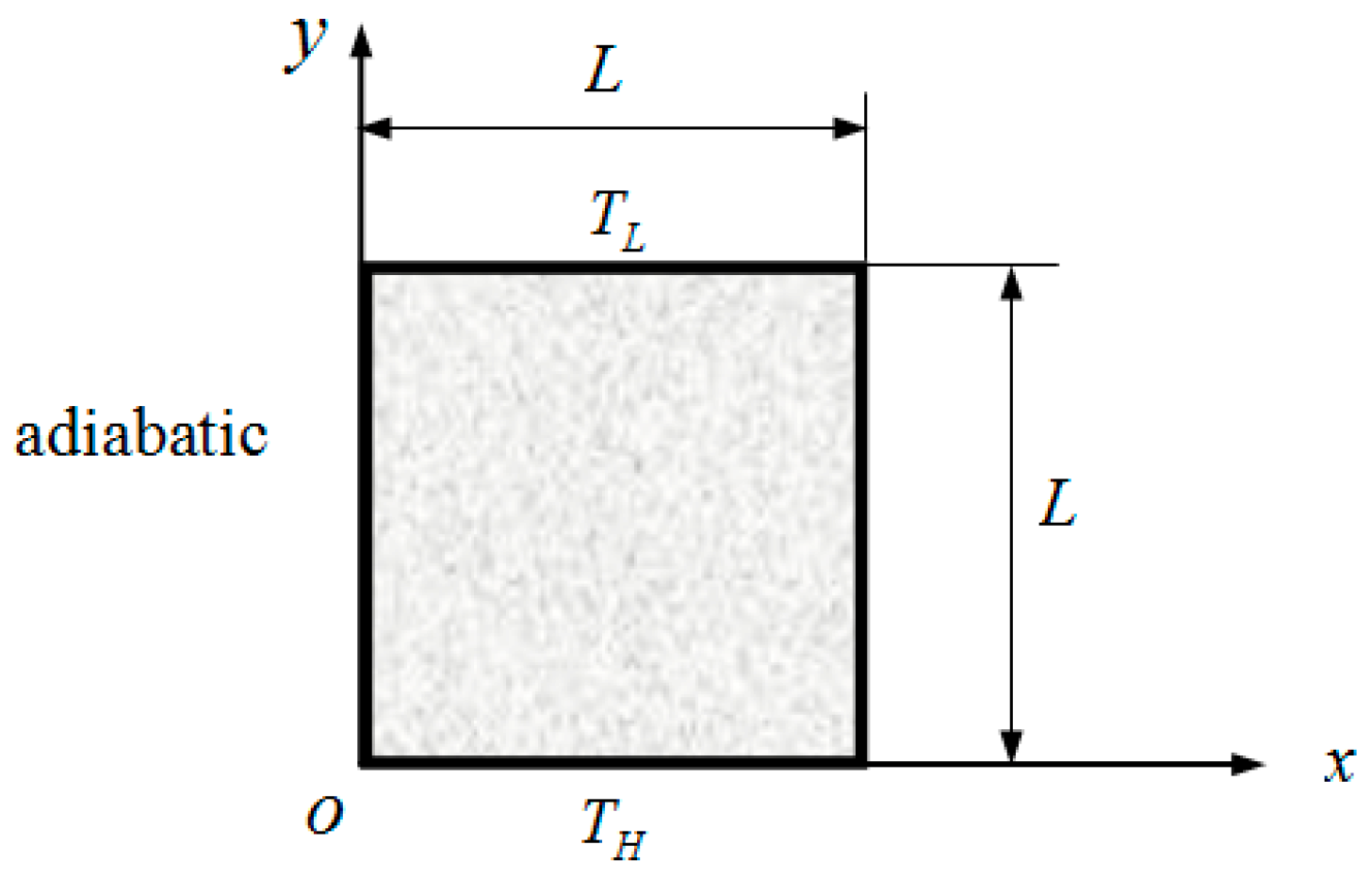
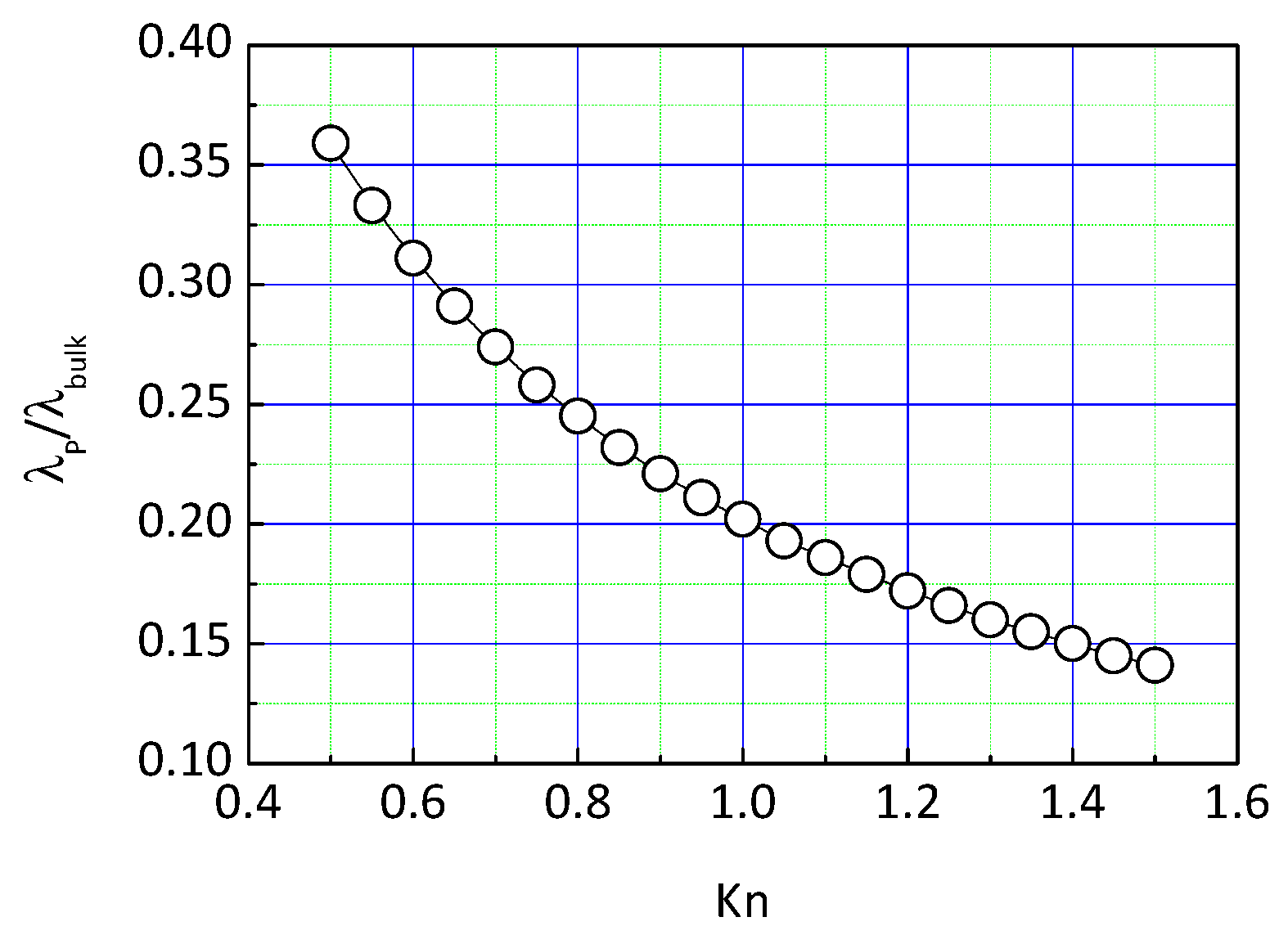
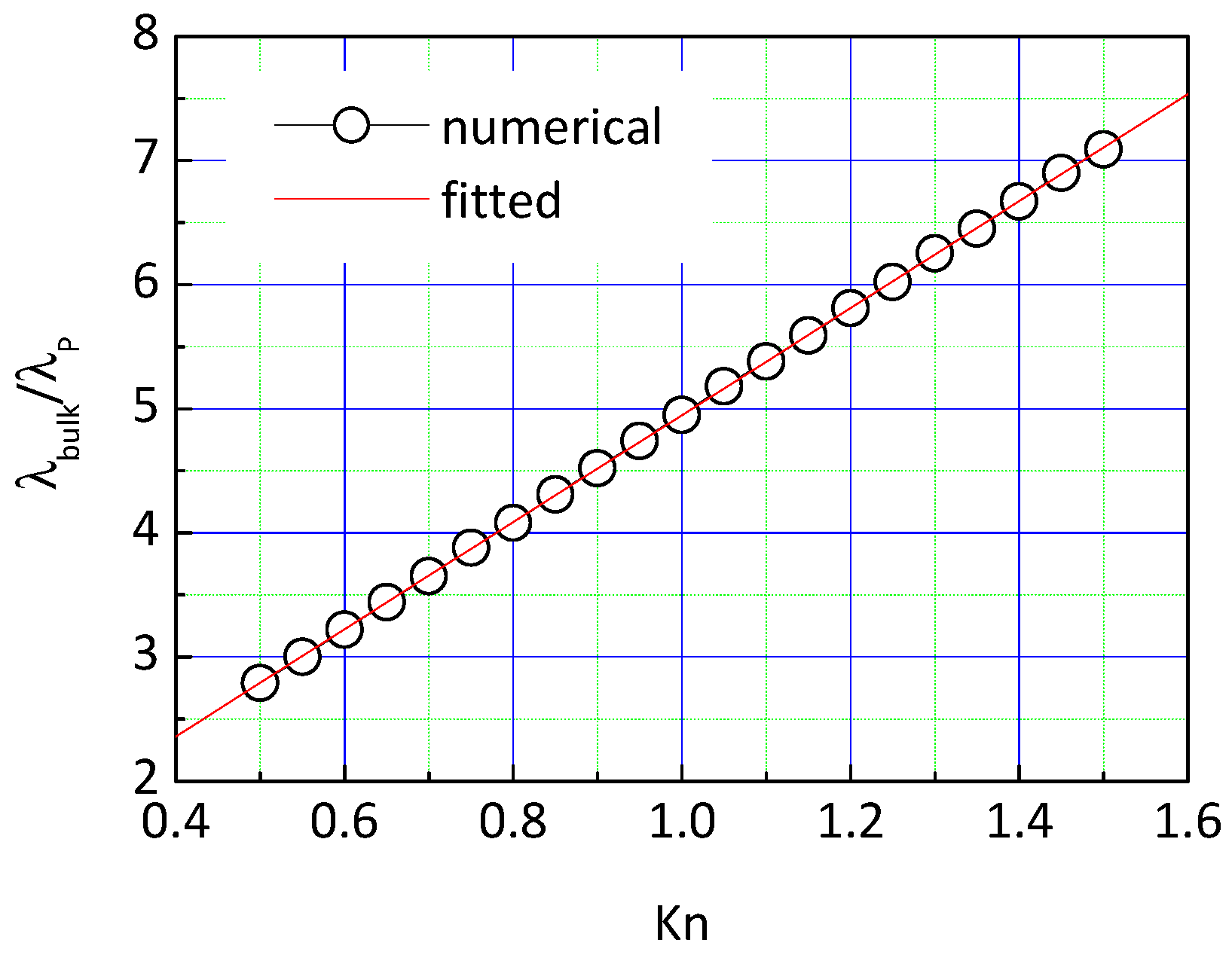
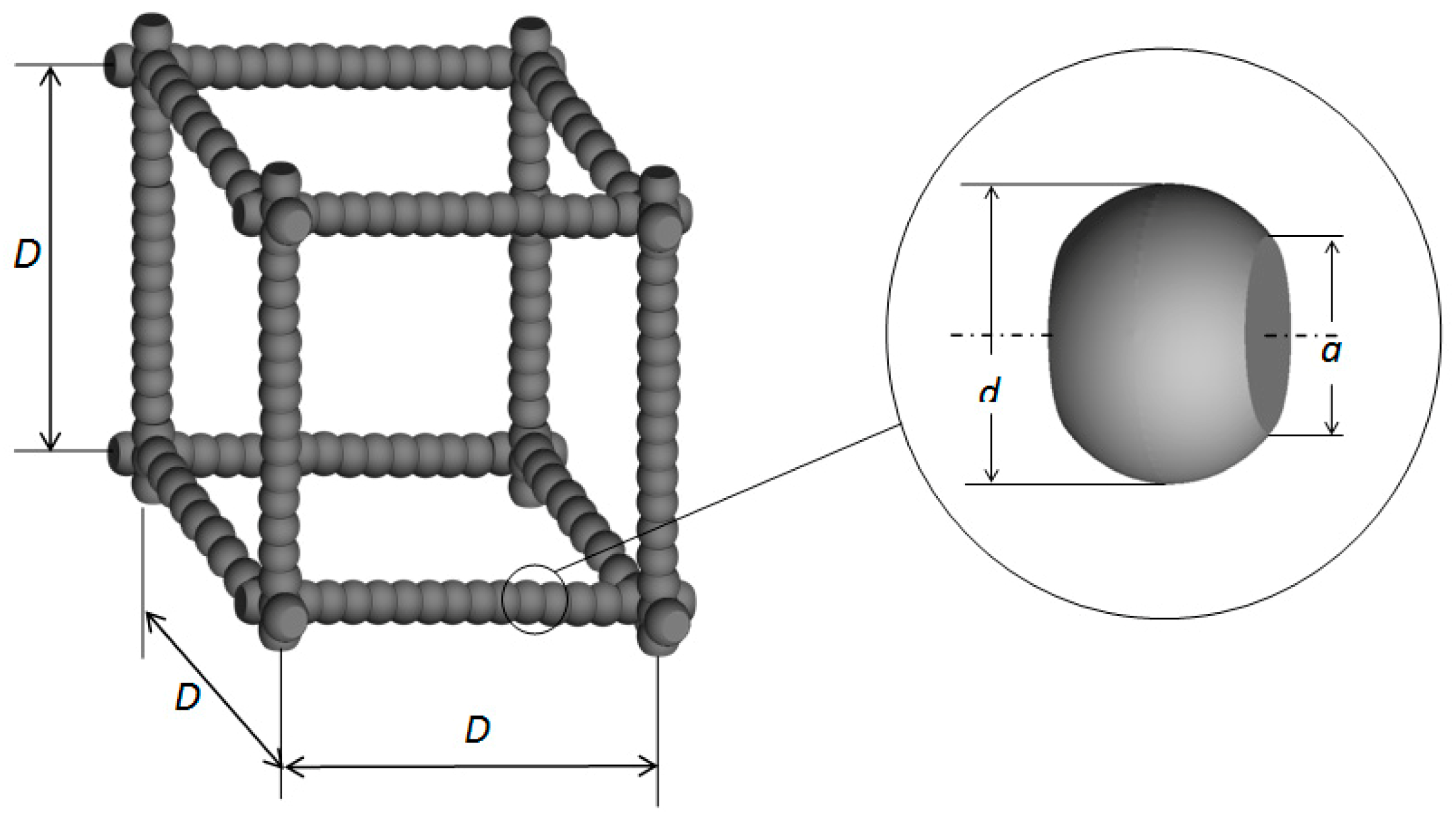
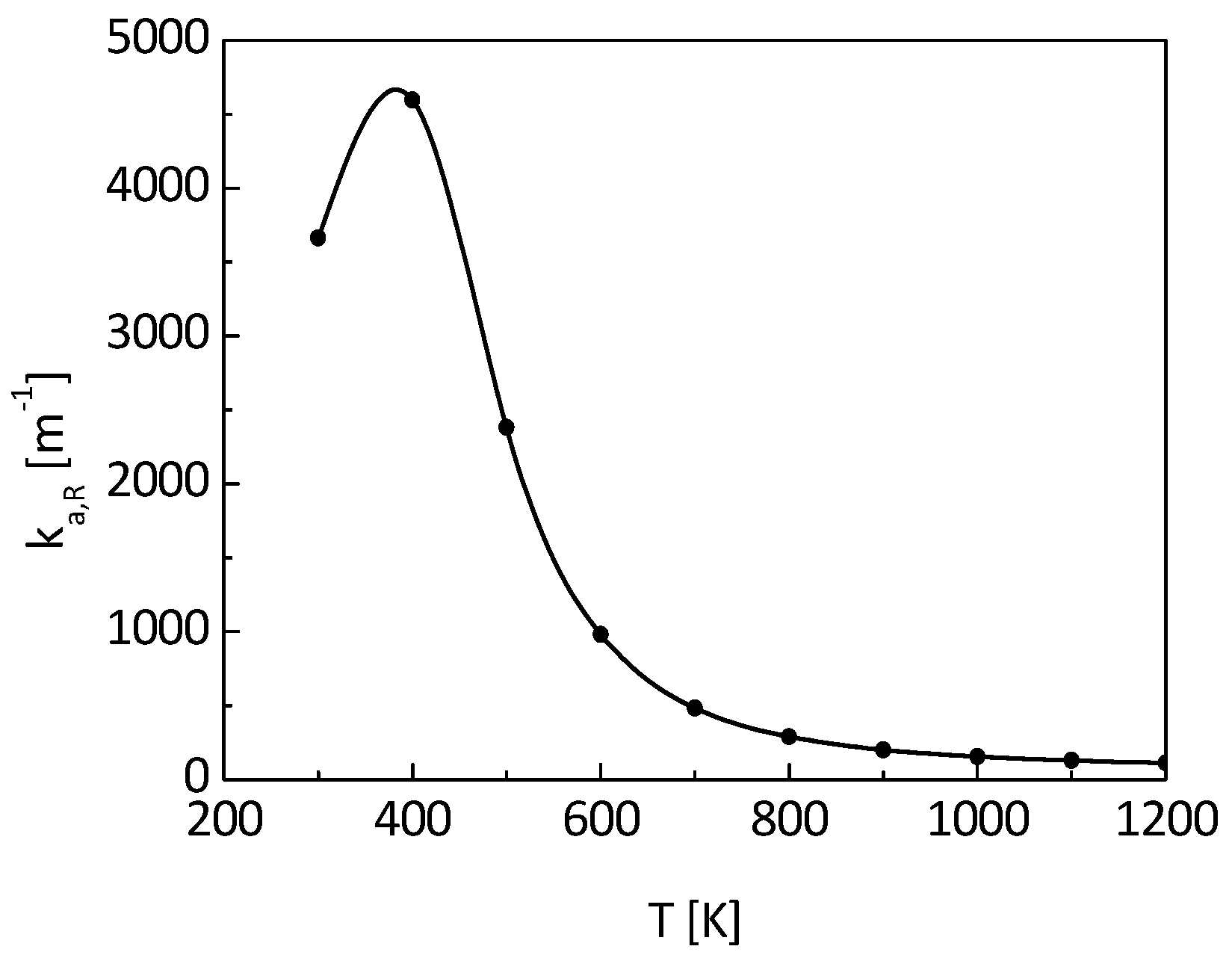
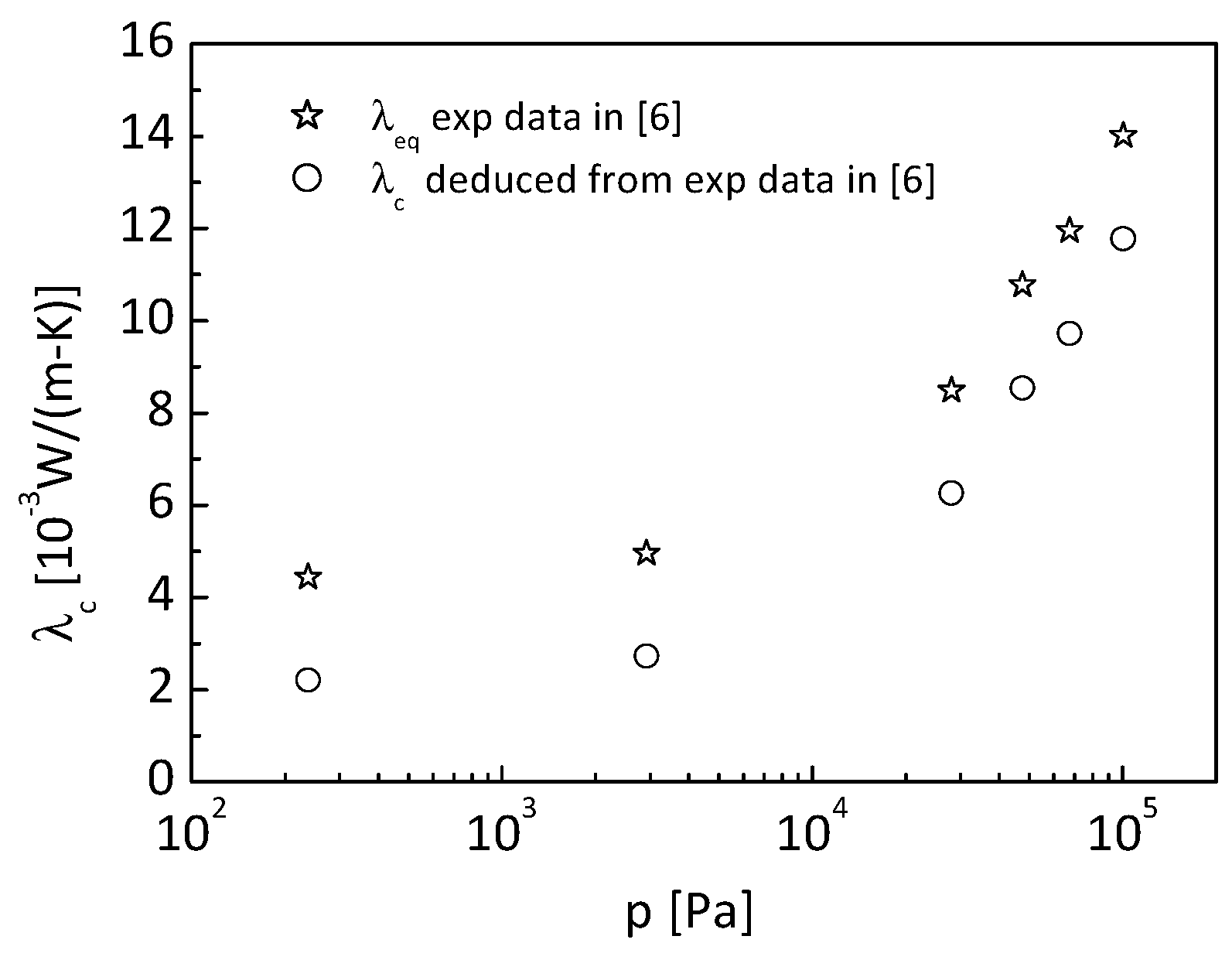
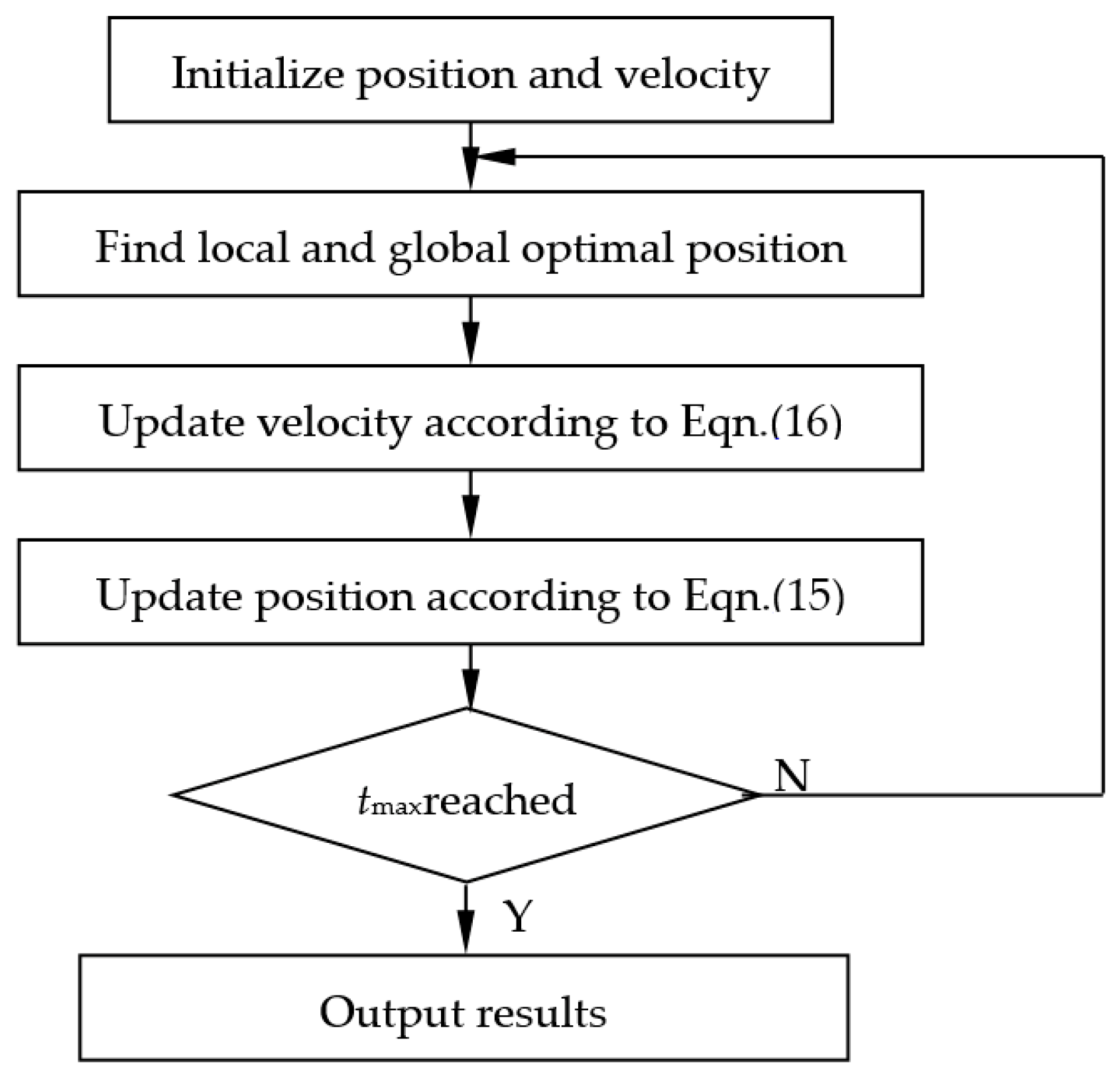
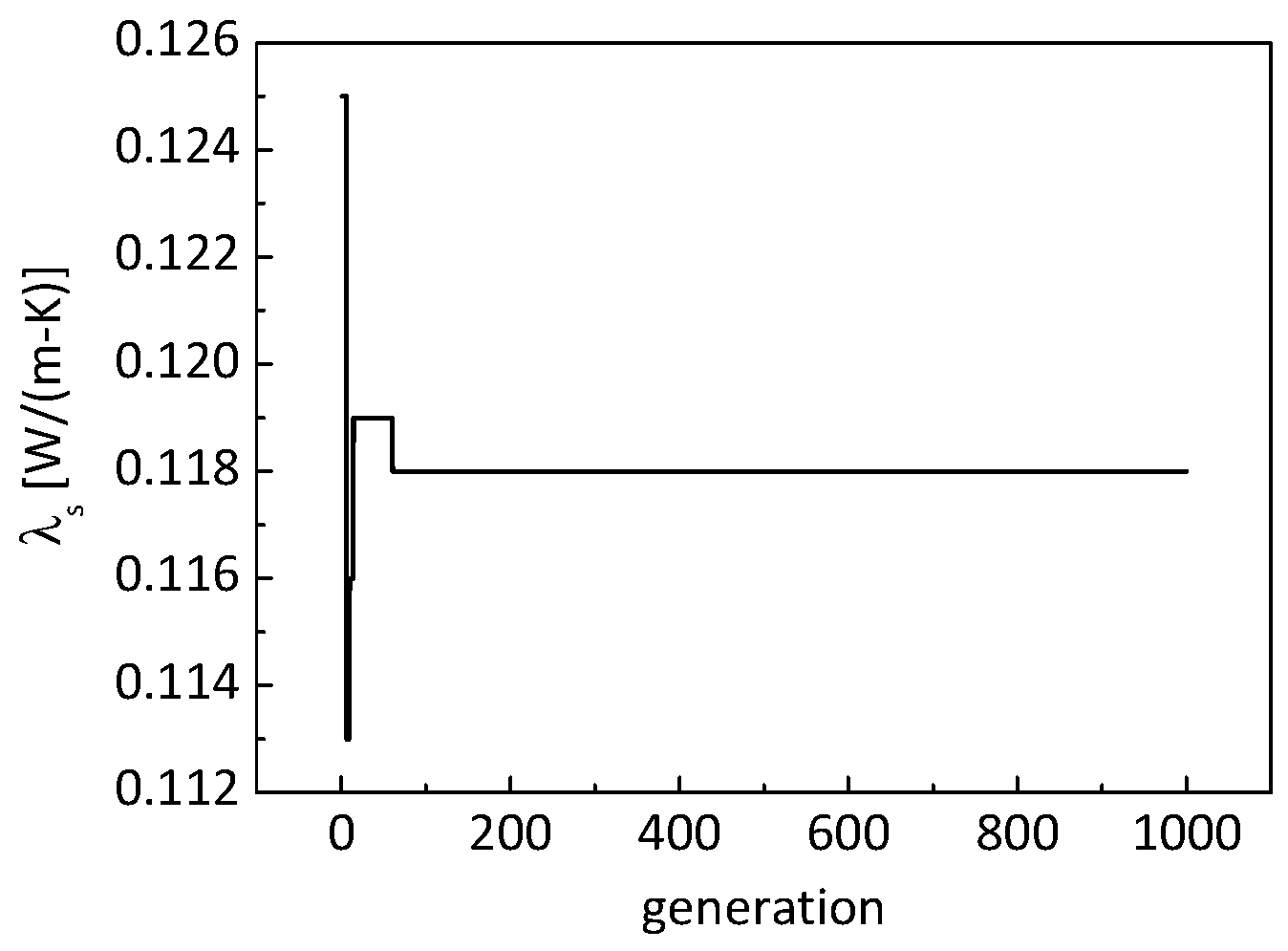
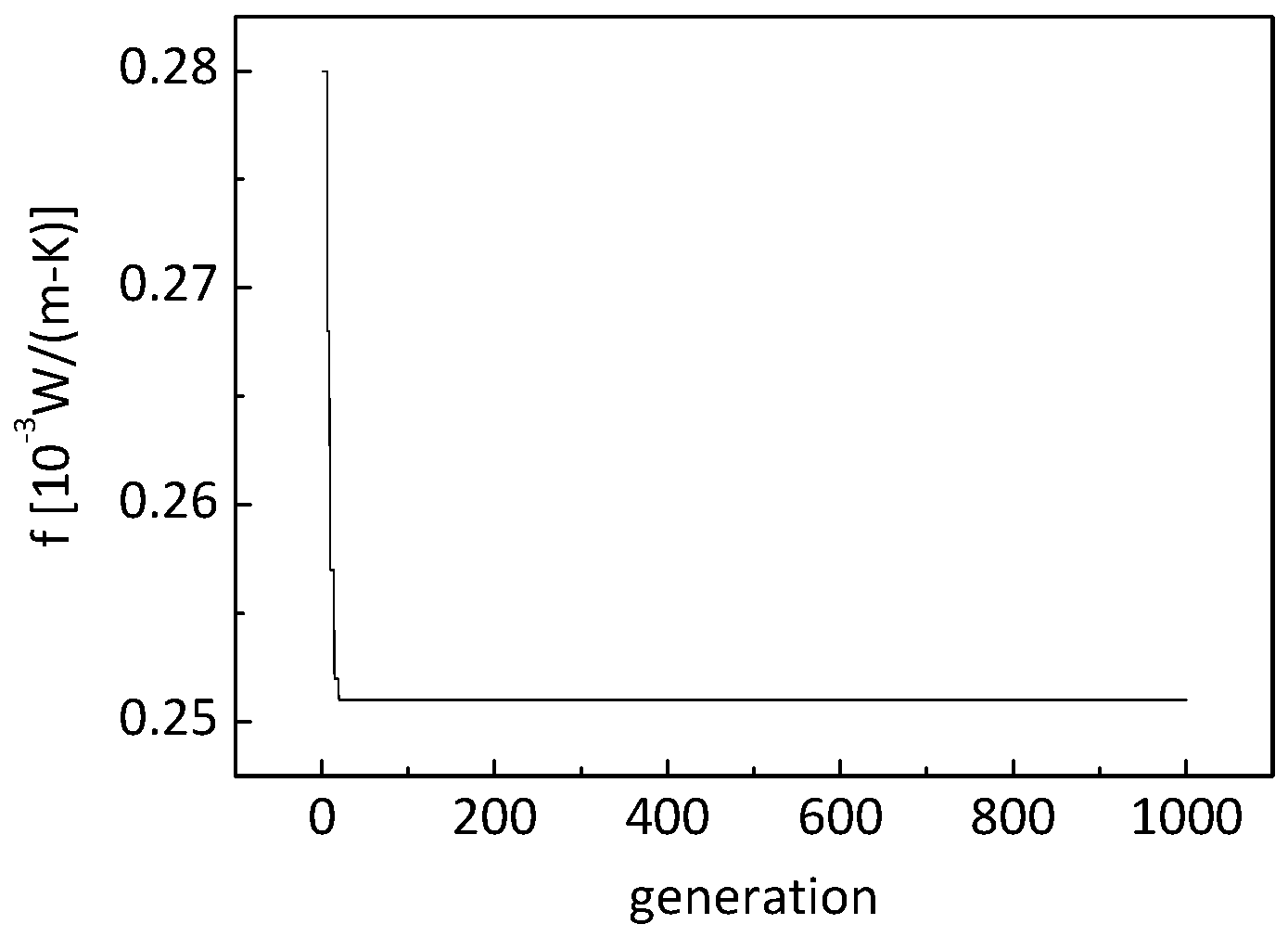
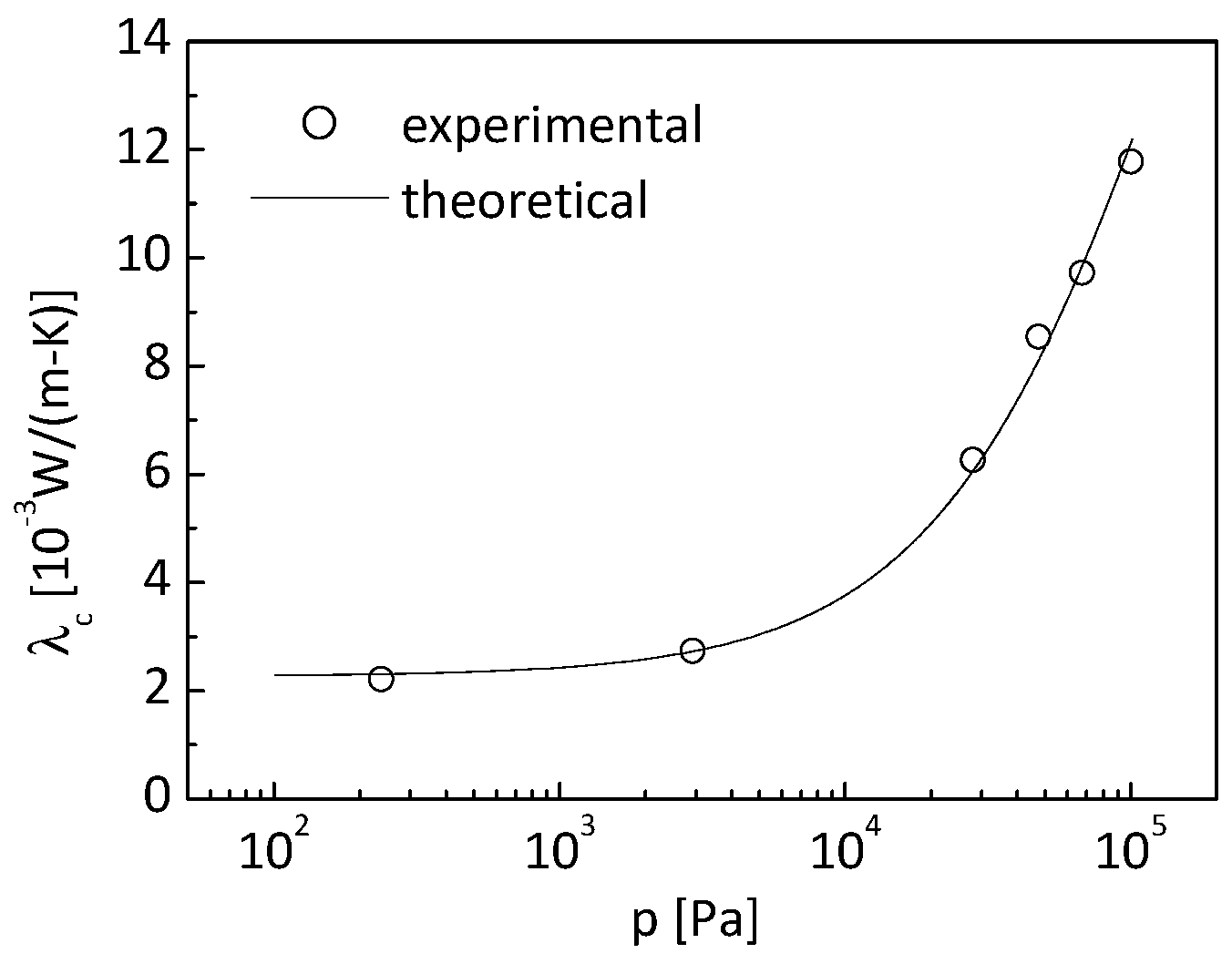
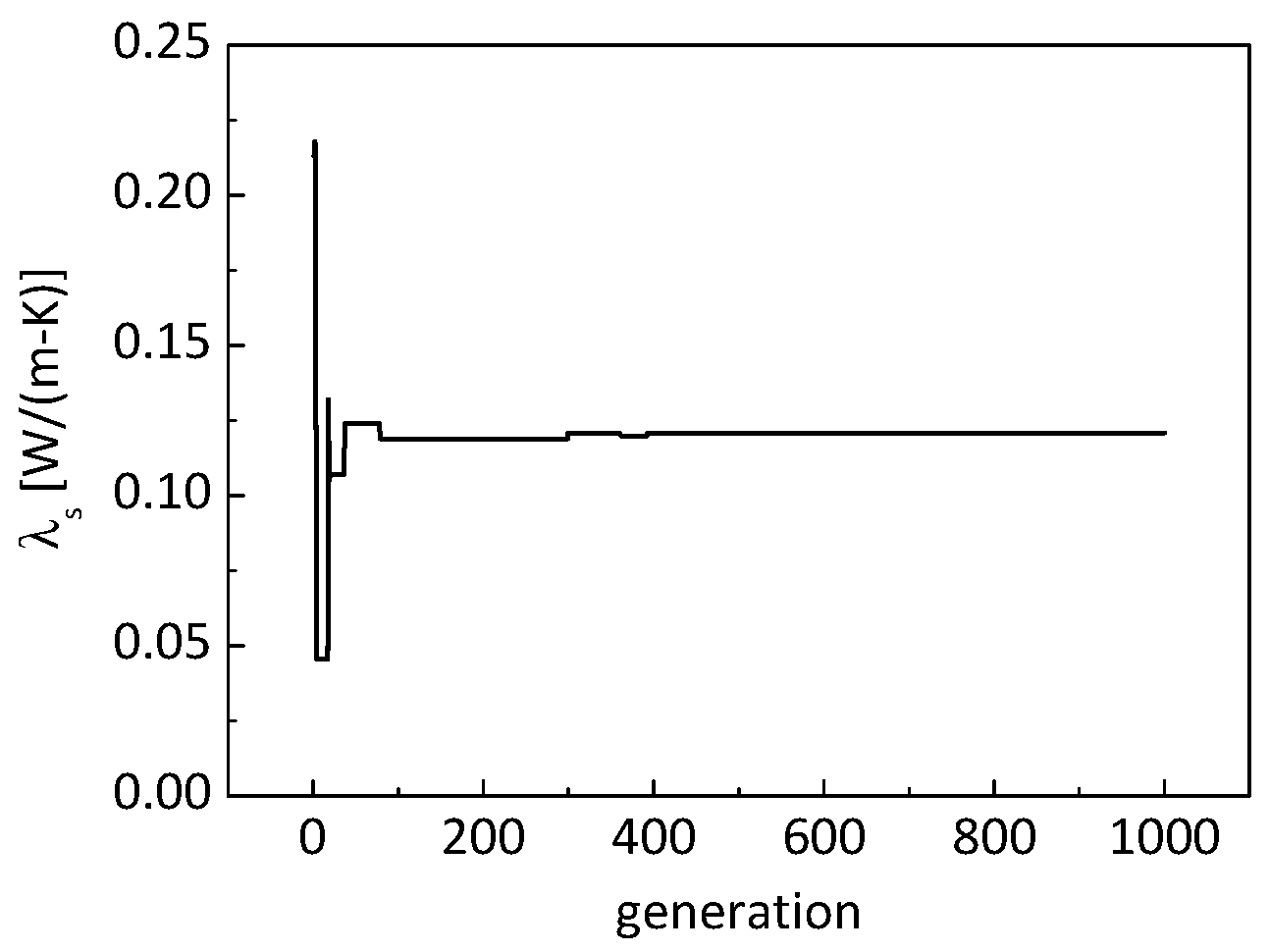
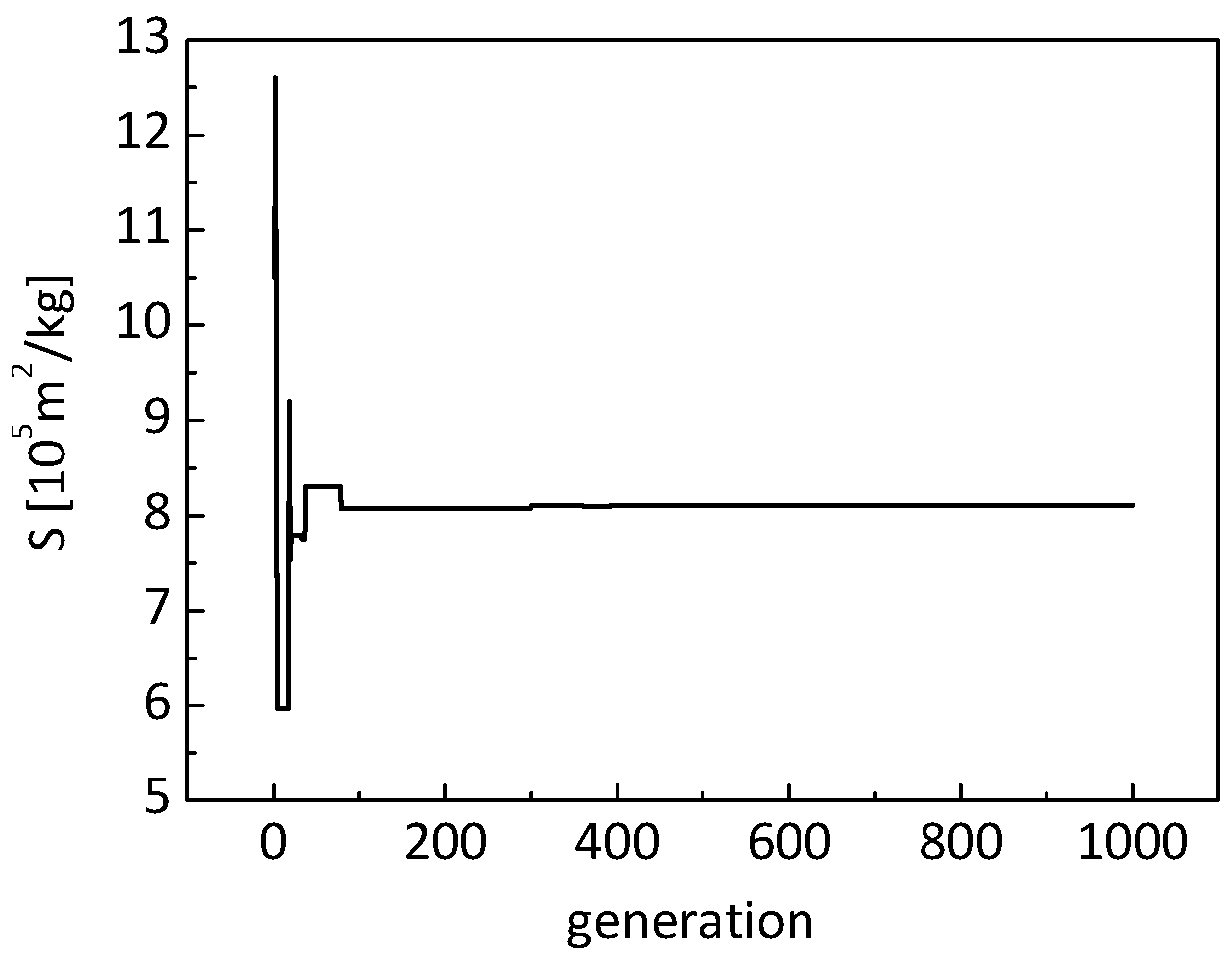
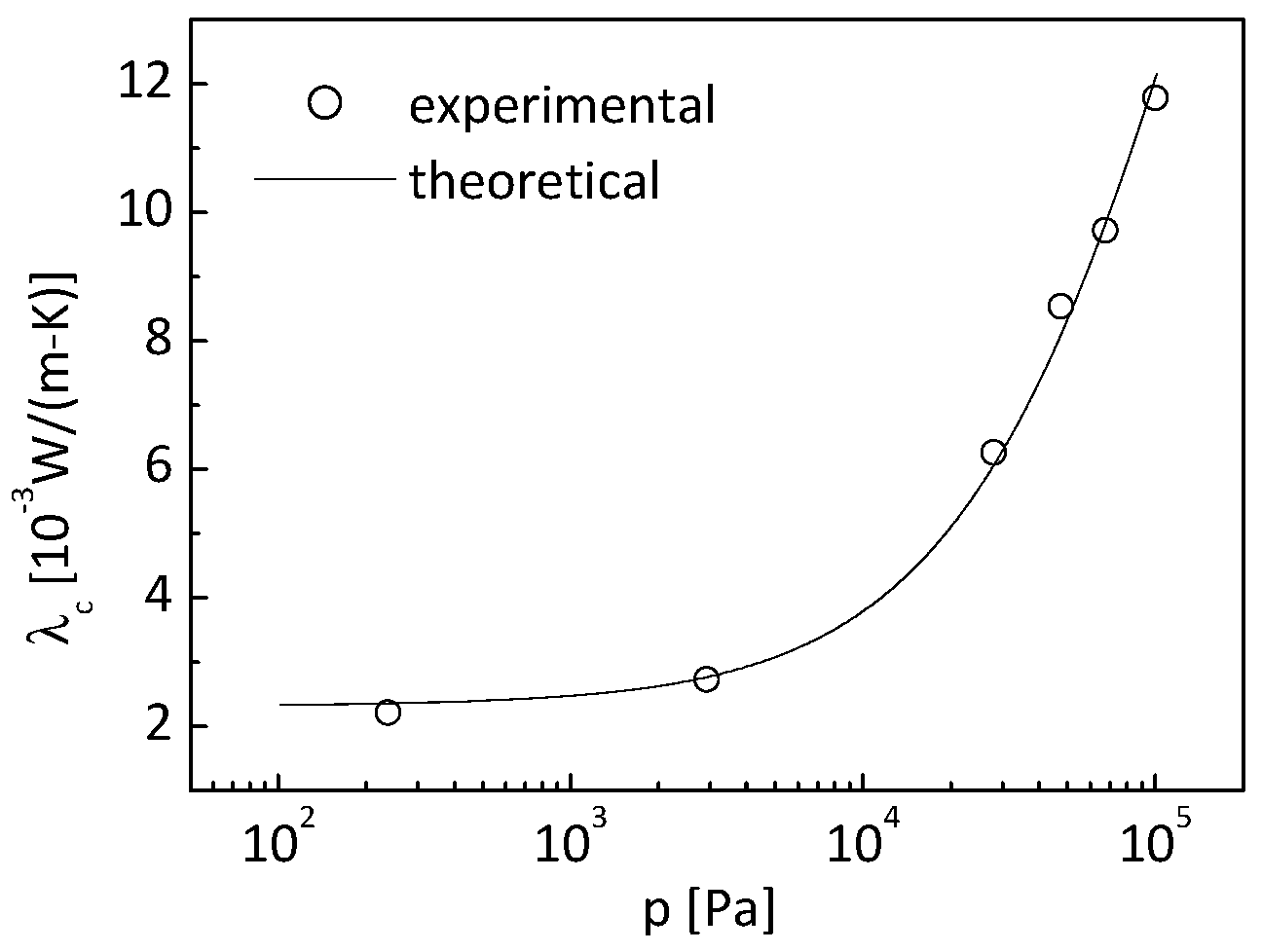
| e (%) | 0 | 5 | 10 | 15 | 20 |
|---|---|---|---|---|---|
| λs (W/(m K)) | 0.1183 | 0.1184 | 0.1184 | 0.1185 | 0.1185 |
| e (%) | 0 | 5 | 10 | 15 | 20 |
|---|---|---|---|---|---|
| λs (W/(m K)) | 0.1206 | 0.1225 | 0.1244 | 0.1264 | 0.1283 |
| S (× 105 m2/kg) | 8.1107 | 8.1998 | 8.2906 | 8.3831 | 8.4774 |
| e (%) | 5 | 10 | 15 | 20 |
|---|---|---|---|---|
| (%) | 1.6 | 3.2 | 4.8 | 6.4 |
| (%) | 1.1 | 2.2 | 3.4 | 4.5 |
| e (%) | Single Parameter Identification | Double Parameter Identification | Theory | ||
|---|---|---|---|---|---|
| λs (W/(m K)) | Deviation (%) | λs (W/(m K)) | Deviation (%) | ||
| 0 | 0.1183 | −18.4 | 0.1206 | −16.8 | 0.145 |
| 5 | 0.1184 | −18.3 | 0.1225 | −15.5 | |
| 10 | 0.1184 | −18.3 | 0.1244 | −14.2 | |
| 15 | 0.1185 | −18.3 | 0.1264 | −12.8 | |
| 20 | 0.1185 | −18.3 | 0.1283 | −11.5 | |
© 2019 by the authors. Licensee MDPI, Basel, Switzerland. This article is an open access article distributed under the terms and conditions of the Creative Commons Attribution (CC BY) license (http://creativecommons.org/licenses/by/4.0/).
Share and Cite
Zhang, X.-C.; Xia, X.-L.; Li, D.-H.; Sun, C. Theoretical Modeling and Inverse Analysis of Thermal Conductivity of Skeletons in SiO2 Nano-Insulation Materials. Nanomaterials 2019, 9, 934. https://doi.org/10.3390/nano9070934
Zhang X-C, Xia X-L, Li D-H, Sun C. Theoretical Modeling and Inverse Analysis of Thermal Conductivity of Skeletons in SiO2 Nano-Insulation Materials. Nanomaterials. 2019; 9(7):934. https://doi.org/10.3390/nano9070934
Chicago/Turabian StyleZhang, Xiao-Chen, Xin-Lin Xia, Dong-Hui Li, and Chuang Sun. 2019. "Theoretical Modeling and Inverse Analysis of Thermal Conductivity of Skeletons in SiO2 Nano-Insulation Materials" Nanomaterials 9, no. 7: 934. https://doi.org/10.3390/nano9070934
APA StyleZhang, X.-C., Xia, X.-L., Li, D.-H., & Sun, C. (2019). Theoretical Modeling and Inverse Analysis of Thermal Conductivity of Skeletons in SiO2 Nano-Insulation Materials. Nanomaterials, 9(7), 934. https://doi.org/10.3390/nano9070934






